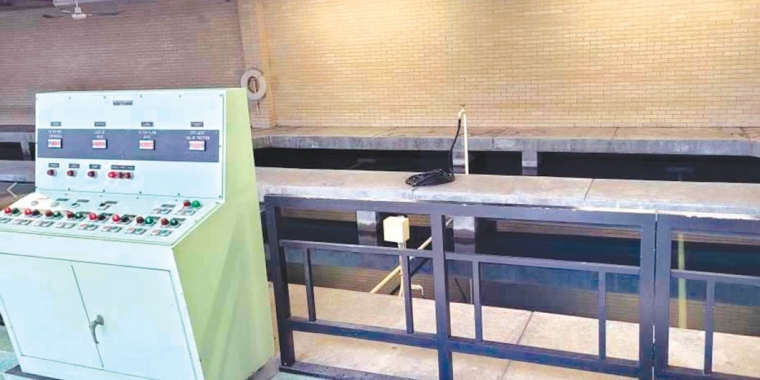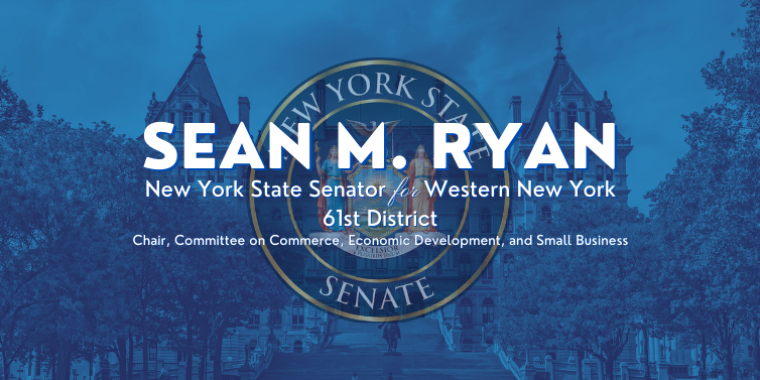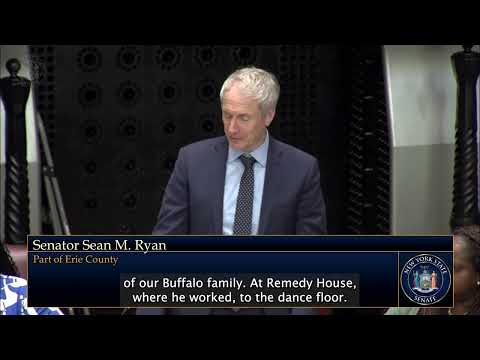
Water department receives grants for water treatment and sewer (Ken-Ton Bee)

Photo Credit: Ken-Ton Bee
The Town of Tonawanda Water Department is receiving a $3 million grant to upgrade the filtration system in the treatment plant and another $5 million grant for sewer lining. The tiles in the water treatment plant that filter the water are the original ones that were installed in 1956. After almost 65 years of use, the tiles are beginning to fail. The New York State Water Improvement Act has awarded $3 million to replace the worn-down tiles with new modern ones in all the 12 filter beds. The modernization project will improve the plant’s filtration process and allow the plant to continue its operations uninterrupted. The grant will cover 60% of the estimated cost of the $5 million project. The Town of Tonawanda will cover the remaining $2 million cost. “The project will improve the plant’s filtering process, which is essential to producing water that is safe to drink for the Town of Tonawanda,” said Michael Kessler, director of Water Resources.
State Sen. Sean Ryan said that “when we turn on the taps in our kitchens and bathrooms, it is easy to take our clean drinking water for granted. We have that luxury because of the important work of our water treatment plants. This investment will allow the Tonawanda Water Treatment Plant to make necessary updates to outdated components before they become a problem, and will in turn help protect the health and safety of the people of Tonawanda.”
Assemblyman Bill Conrad noted that “sound water quality is absolutely critical to the health and safety of our residents, so it’s important that all levels of government offer support in the pursuit of our collective water quality goals. These funds will assist the Town of Tonawanda as it works to maintain the plant that delivers clean drinking water to our community, while relieving the fiscal burden on local taxpayers.”
The Town of Tonawanda sewer department is receiving $5 million as part of the Water Quality Improvement Project grant to help line sewers, thereby reducing seepage into the waste system preventing system overload. Town Engineer Matthew Sutton added, “We are taking the old clay tile pipes that are often cracked with roots growing into them, and lining them with plastic pipes. This gives a better watertight connection, reducing seepage of clean rainwater into the sewer lines. It also reduces the ability of roots growing into them. This lining reduces maintenance costs, potential for backups and reduces rain overflow.” This water quality improvement program was funded by the state DEC and two $6.25 million grants have been received. This $5 million is the third grant that the town will receive. The town will match it with $1.25 million making it the third $6.25 million.
Kessler added that “The project will also include refurbishing manholes, where a coating will be sprayed on them, to prevent water seepage through brick manholes. A liner is pulled through the sewer pipe, inflated and then cured with hot water and steam. There is no digging. This also increases the structural integrity of pipe.”
Kessler said that the bids came in at $5 million, so the town will get more sewer lines for the same price, covering a total of 93,500 linear feet.
Ryan said that when “our sewer systems fall into disrepair, heavy amounts of rain can cause overflows that lead to raw sewage contaminating our waterways. The projects funded by these grants will shore up the sewer infrastructure in Kenmore and the Town of Tonawanda, and help clean up Two Mile Creek and the Niagara River. By reducing pollution, these sewer systems improvements will not only protect the fish and wildlife that inhabit these waterways – they will also make them safer for recreational activities like fishing and swimming.”
Conrad said that since his time on the town board, ”I have been committed to helping municipalities with the upkeep of their sewer infrastructure. A properly functioning sewer system reduces overflows and discharges into our waterways, which in turn keeps them cleaner, healthier for the organisms that inhabit them, and safer and more suitable for our recreation and enjoyment.”


